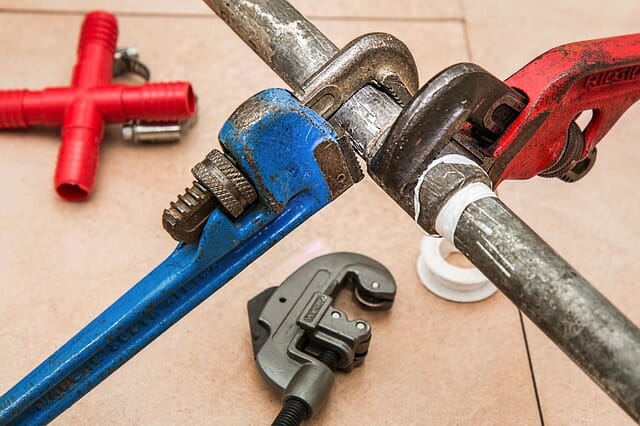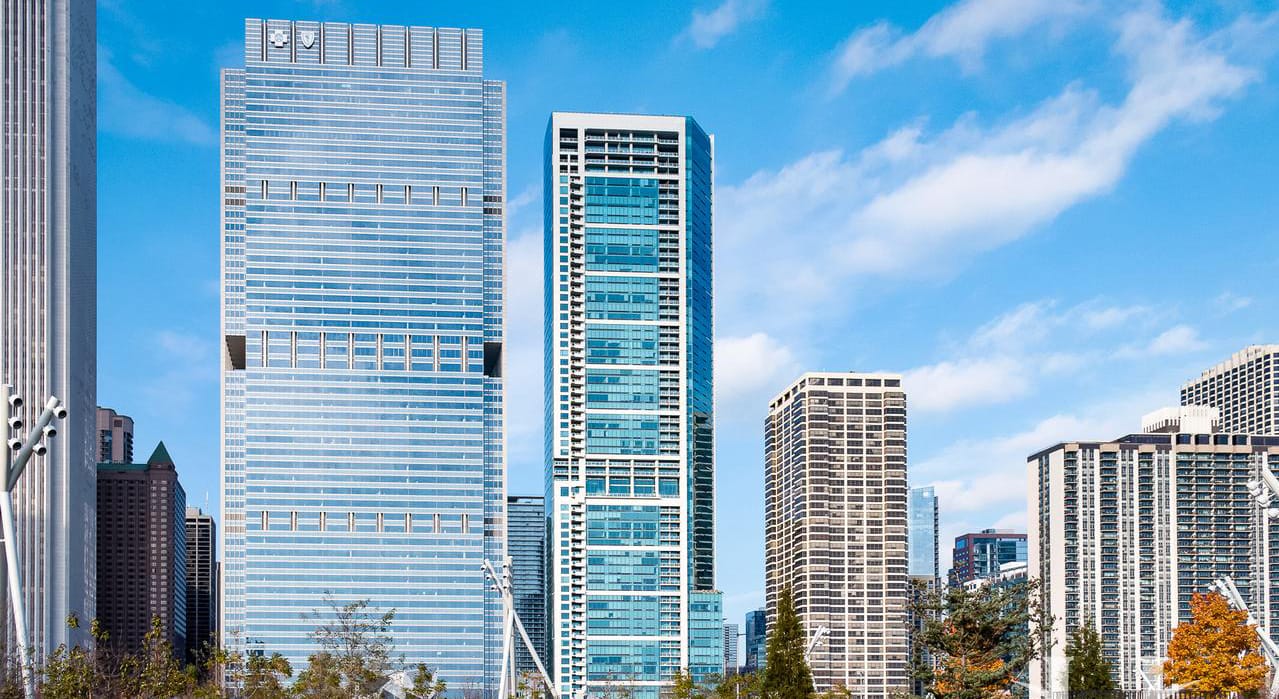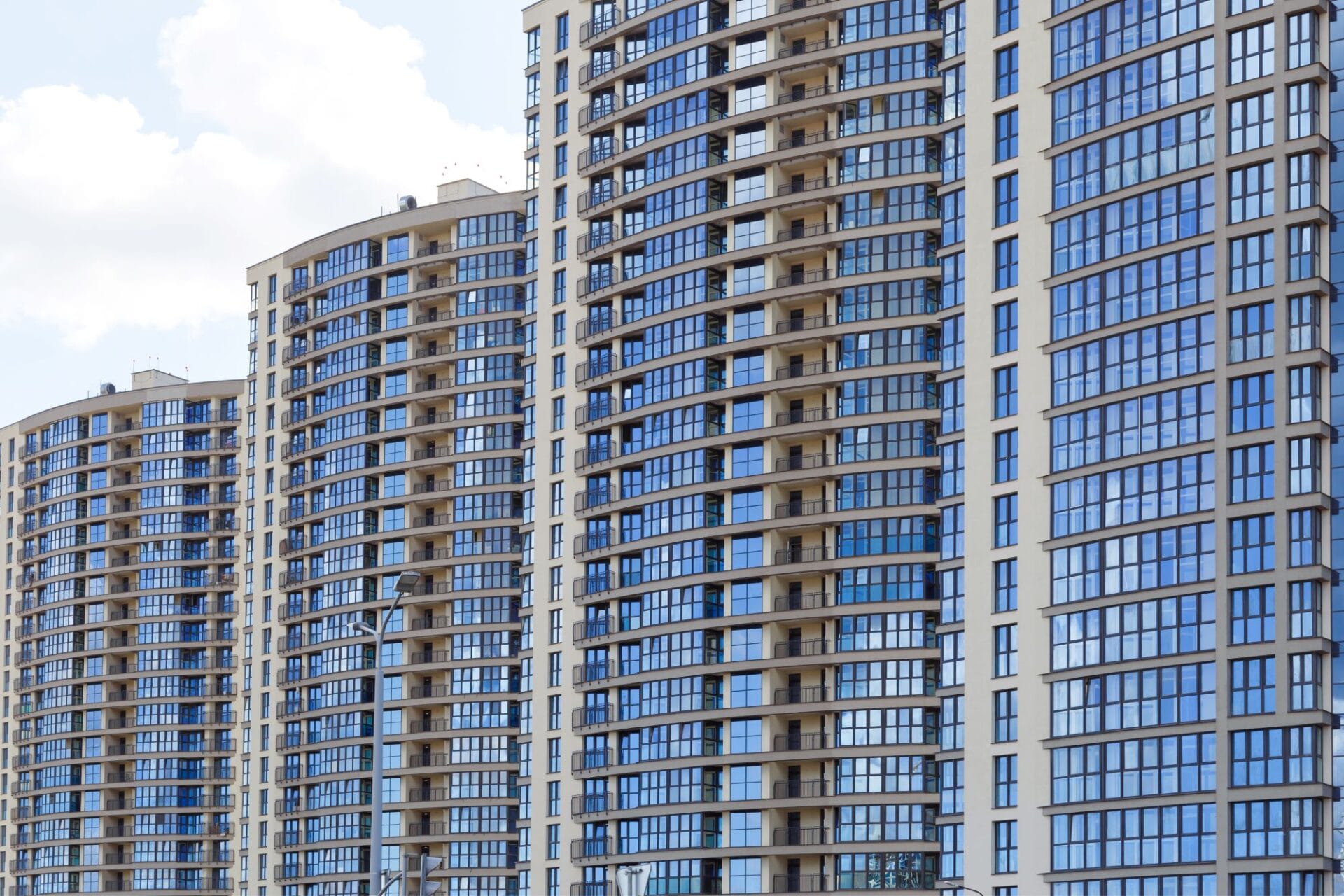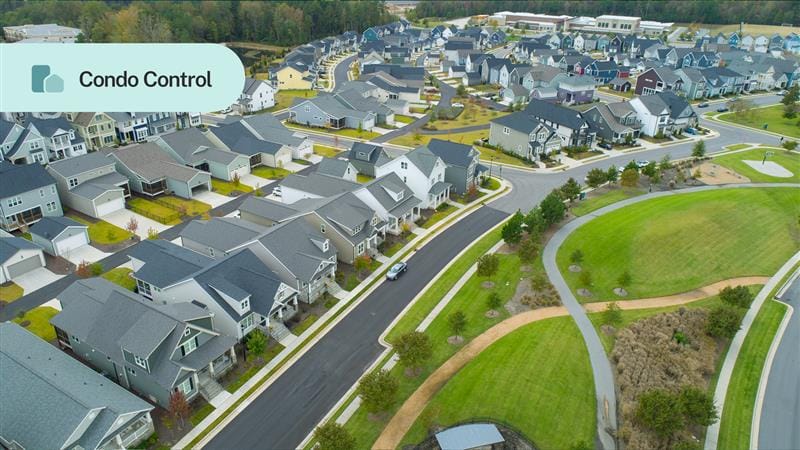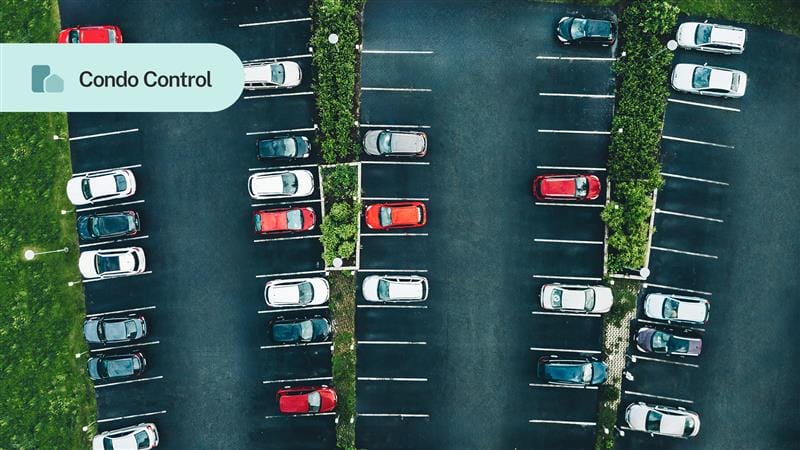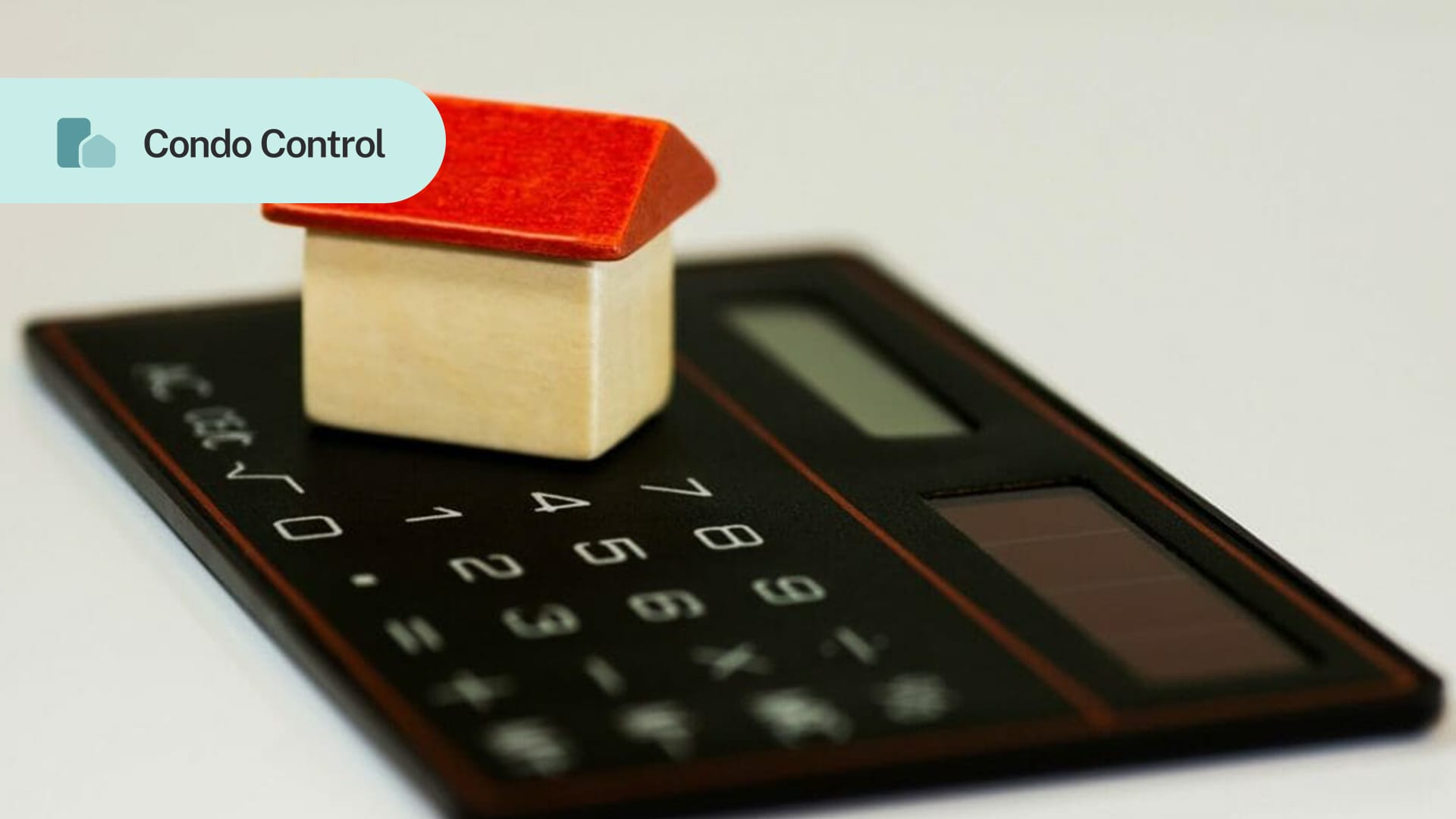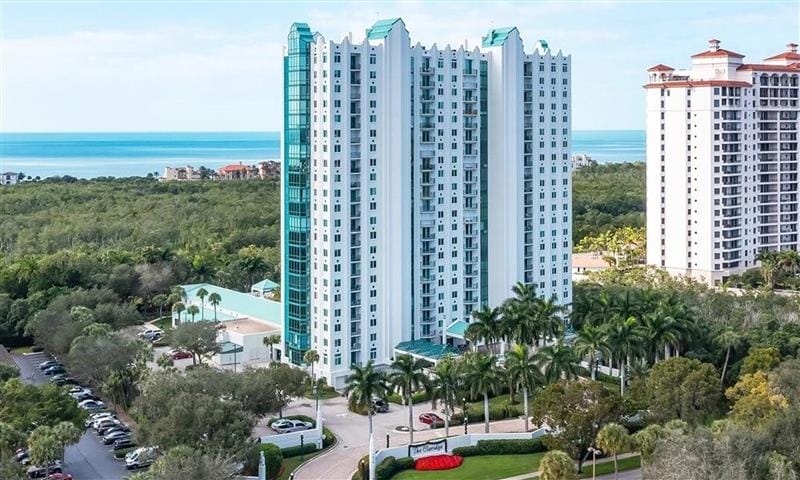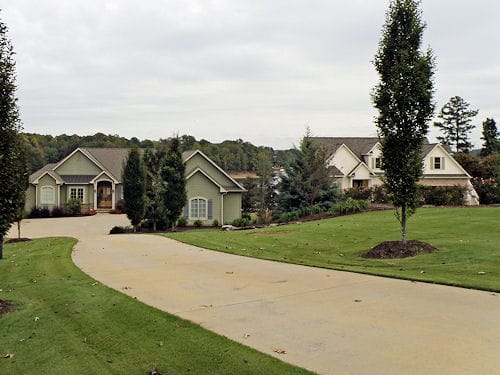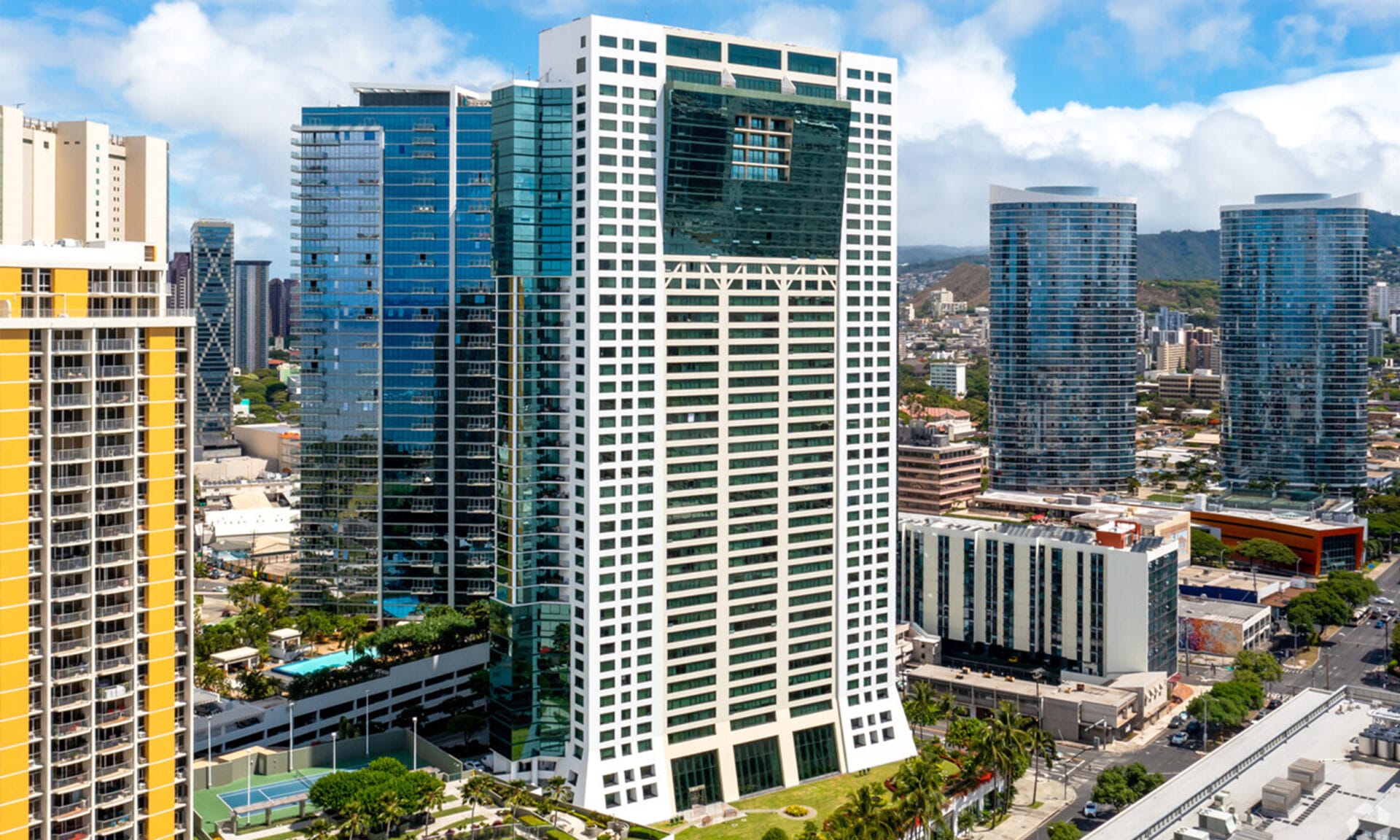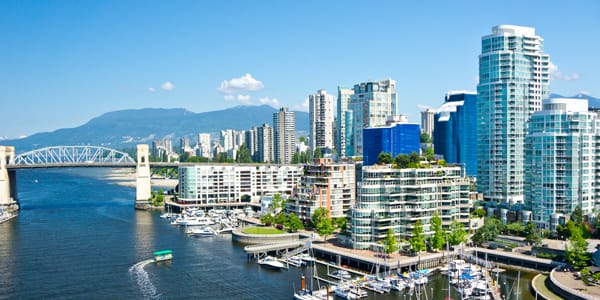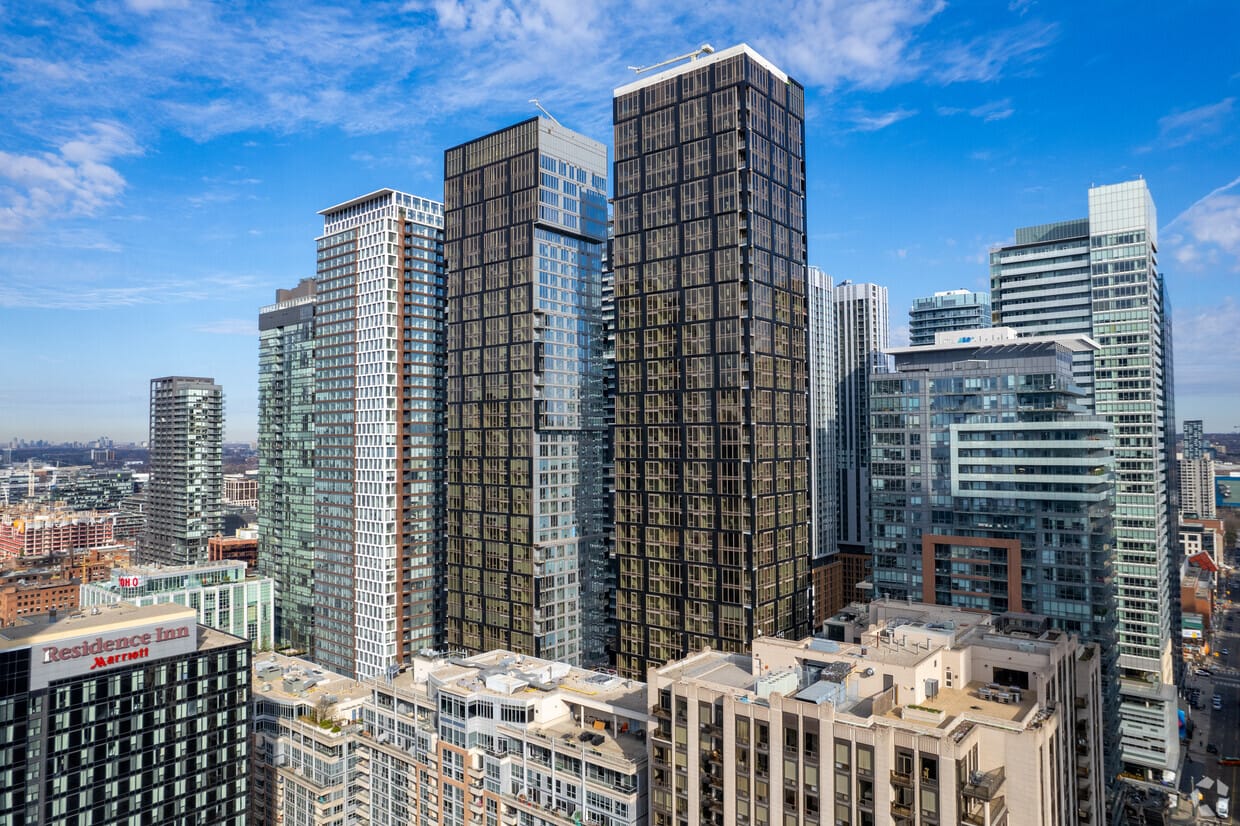The regular maintenance of a condo building or governed development is imperative to preserving the value of any planned community. But sometimes it can be confusing to figure out who handles certain repairs.
That’s why it’s important to educate yourself about your maintenance responsibilities as a unit owner before you buy a property that belongs to an association. That way, you can make an informed purchasing decision knowing full well what you’re getting yourself into. Below is a general guide on HOA and homeowner repairs to help you distinguish between the two.
Table of contents
- Determining who is responsible
- Figuring out who pays for repairs
- Damage due to negligence
- Maintenance of common areas
- Addressing slow/unsatisfactory maintenance repairs
- HOA maintenance and insurance responsibilities
- Damage caused by an uninsured event
Who is responsible? It depends on where the repair is needed
It’s important to understand that any condo or HOA community is divided into different sections or spaces. This includes individual units, limited common areas (aka exclusive use areas) and general common areas.
Individual units are areas that are separately owned by individual owners. Unless your association’s declaration documents state otherwise, this typically includes the floors, ceilings, and walls of each unit, and everything else inside of the unit.
For a townhouse community, this term extends to the individual piece of land surrounding each individual unit, as well as any other structure/s within it.
As the name implies, common areas are shared spaces; unit owners each have an equal share. This includes things like the swimming pool, clubhouse, gym, landscaping, and in some cases, roofs. Everyone within the building shares the responsibility for these areas.
Lastly, limited common areas are only available to a select number of members in the community. These spaces are typically located on the boundary or just outside the general property. A few examples of limited common areas include air conditioners, door frames, exterior doors, hardware, patios, balconies, and fences. If you want to figure out if your community has exclusive use areas, check your governing documents.
Who is responsible for paying?
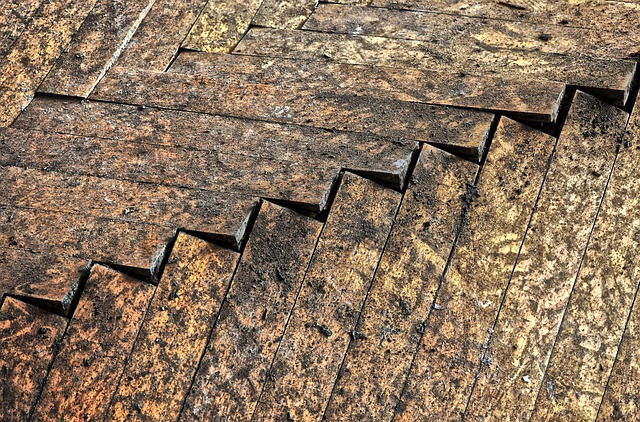
Now that we’ve defined the different areas within an HOA community, let’s look at how maintenance responsibilities are divided between unit owners and the association.
Depending on where you live, your state regulations may indicate how maintenance responsibilities are divided in your HOA. If state regulations don’t say anything about the matter, turn to the HOA’s governing documents. These documents should state who handles the maintenance of common areas, limited common areas and aspects of the individual units.
Generally, individual unit owners are responsible for maintaining their own separate interests. The HOA handles the maintenance of shared common areas. Limited common areas are the shared responsibility of the HOA and unit owners who benefit from them. For example, if two unit owners share the same balcony, then they would be deemed responsible for ensuring that it’s regularly cleaned and painted.
Regardless of its maintenance duties, the HOA has an obligation to inspect general and limited common areas on a regular basis to ensure that they’re well maintained. Failure to do so may lead to damage due to negligence, the consequences of which we’ll discuss in the following section.
Damage due to negligence
So what happens if you damage part of an exclusive use or common area by mistake? The onus to pay for that damage always falls upon the shoulders of the person who caused it. Similarly, when common or exclusive use areas sustain damage due to negligence by the HOA, it’s the association’s responsibility to fix the problem.
For instance, if an individual unit owner experiences a leak due to the HOA’s failure to maintain plumbing, then the HOA would be responsible for fixing the leak regardless of the fact that it only affects a single unit. The individual unit owner may still be responsible for paying the deductible, but situations like this one would need to be resolved on a case-by-case basis.
Who pays for the maintenance of common areas?
The unit owners pay for the maintenance of common areas through monthly dues and periodic assessments.
Unit owners can track spending of their monthly fees by inspecting the HOA’s annual budget to ensure that the funds are allocated properly.
How to address maintenance issues
Even in the most peaceful and beautiful communities, issues arise and things can go wrong. It’s a fact of life. But, the speed and efficiency with which the association deals with such issues determine whether that community has the ability to recover from accidents, or if its property values will suffer.
Unfortunately, when it comes to maintenance issues, resolutions aren’t always so black and white. There might be some confusion around who must pay for what, especially if something like a leak in a common area ends up destroying someone’s individual property. Another dispute may arise if there is a disagreement about who must replace window shutters and paint unit exteriors in a condo building or townhouse.
In most communities, the HOA is responsible for replacing shutters while unit owners are obligated to maintain them. The nuances of what constitutes “maintenance and repairs” are usually covered in the HOA documents, but that’s not always the case.
If HOA documents don’t make provisions for maintenance responsibilities in common areas, then it’s wise to address the issue at a general meeting of the HOA board.
Another common issue that often arises between unit owners and the HOA is damage caused by guests. We’ve all experienced or heard of stories where the holiday guests of a particular unit owner damaged common areas like the swimming pool or gym equipment. In most cases, the HOA is responsible for repairing the area without any assistance from the offending party. That’s because the unit owner has already paid for such eventualities through monthly due payments.
But, some HOAs will charge costs back to the member who was responsible for the guest. Note that this isn’t some form of punishment. Instead, it’s a way for the HOA to recoup the unexpected costs of repairing or replacing the damaged property that was not in its budget.
What if unit owners are unhappy with the way in which the HOA responds to maintenance requests or its ability to maintain common areas in general? For instance, unit owners might feel that the HOA is neglecting pool maintenance. Maybe the greenery is starting to look unkempt and overgrown.
Your first course of action as a unit owner should be to refer to the governing documents. This is to ensure that you’re clear on the HOAs maintenance obligations. The document should also set out what the proper recourse should be for a dissatisfied unit owner. You might need to take photographic evidence of the overgrown area along with a note of the time and date at which the photo was taken. This makes it easier to understand the nature of the complaint.
Do some digging to find out why maintenance isn’t being done. Perhaps maintenance responsibilities are assigned to individual committee members to handle and there are new people who need a bit of time to learn everything. Sometimes, you’ll find that the problem is with the contractor and not the board. That’s why it’s important to avoid jumping to conclusions and find out the cause of the situation first.
Only once you’ve gathered the relevant information can you raise the issue at the next HOA board meeting. If the board fails to resolve the issue to your satisfaction, there isn’t much else you can do about the problem, except mobilize other unit owners to sign a petition and remove a board member.
It is also possible to sue the HOA for negligence, but lawsuits are time-consuming and expensive, and their outcome is never certain.
That being said, if you do decide to take the issue to court, you will need a compelling case and strong evidence.
HOA maintenance and insurance responsibilities
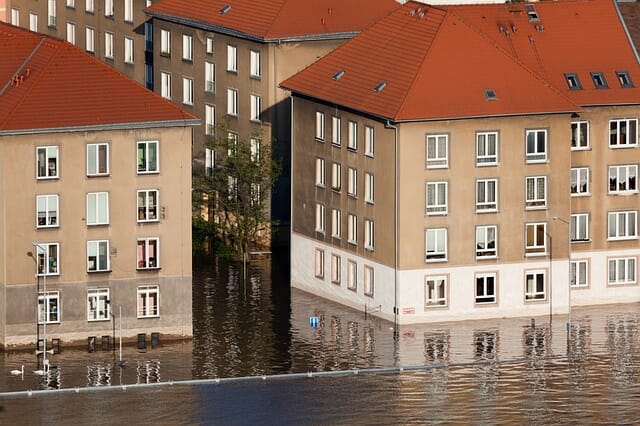
Property damage can happen due to negligence by a unit owner, or the HOA’s failure to conduct regular inspections and repairs. It can also happen because of regular wear and tear, or as a result of natural disasters like floods, fires or hurricanes. The HOA has a responsibility to get insurance for the latter events to avoid asking unit owners for hefty special assessments. In fact, HOAs are required by law to take out insurance for common areas to protect against unforeseen damage and to cover major repairs such as a roof replacement or unexpected plumbing damage.
Also, every HOA must take out an insurance policy that covers any and all alterations made on the general property. It’s important to note that coverage doesn’t usually include the replacement of individual unit components like walls, floors, ceilings, appliances, HVAC equipment, openings, built-in cabinets, drapes, curtains, electrical fixtures, etc. Owners must take out insurance cover their individual units.
This is generally supported by common legislation, which states that condominium associations must acquire insurance coverage for the entire building, excluding the contents of the individual units. That way, when an insured event occurs, the association is able to replace or repair the damaged property in accordance with the community’s governing documents.
If you’re unsure about your HOA’s insurance situation, consult with the association’s governing documents to find out who’s responsible for repairs on the property that’s been damaged by an uninsured event. Just keep in mind that each community will have a different take on the subject.
Don’t forget to consult with regional and national legislation to find out if there are any discrepancies between the two. Your state’s legislation might provide a “catch-all” provision for certain situations.
Damage caused by an uninsured event
Usually, a condo association is responsible for ensuring all aspects of the condominium building, except unit owners’ personal property. This includes:
- Countertops
- Built-in cabinets
- Water heaters
- Electrical fixtures
- Ceiling
- Wallcoverings
- Floors
- Water filters
- Appliances
Let’s not forget window treatments like blinds, drapes, curtains and hardware components as well.
A unit owner must insure all of these components within their individual unit, whether the damage is caused by intentional negligence or rule violations. A few examples of this include mold caused by a failure to properly ventilate a unit, or someone leaving their dishwasher on in the wrong setting. Any of these events can happen to anyone, and you don’t want to be caught unprepared.
Consult with the association’s governing documents
When in doubt, look at the association’s CC&Rs, particularly the following provisions:
- Definitions: This part of the document lets you know whether the area is a separate interest or a common area
- Property division: This section lets you know who owns the different sections of the property as well as who’s responsible for the maintenance of those areas
- Roles and responsibilities of the association: This is where you find information on the maintenance responsibilities of the HOA
- Owner maintenance responsibilities: This section covers the maintenance responsibilities of individual unit owners
Go through the above provisions to get a clear perspective on the maintenance responsibilities of the unit owner and the HOA in your association. If you can’t find a provision that covers your specific issue, write to your HOA, reach out to the manager, or raise the issue at your next HOA meeting so that it can be addressed.
Conclusion
Confusion around HOA and homeowner repair responsibilities is a common issue in governed communities.
One of the best ways to resolve contentious issues is to study and improve upon the association’s governing documents. This will help you figure out who is responsible for what moving forward.
Generally, anything inside your own unit or home is your responsibility. Any part of the community that is available to everyone is the association’s responsibility to maintain. If there is an area that you share with only a few of the community’s members, then it’s a shared responsibility. We hope this article has helped you to understand how HOA and homeowner repairs work.
